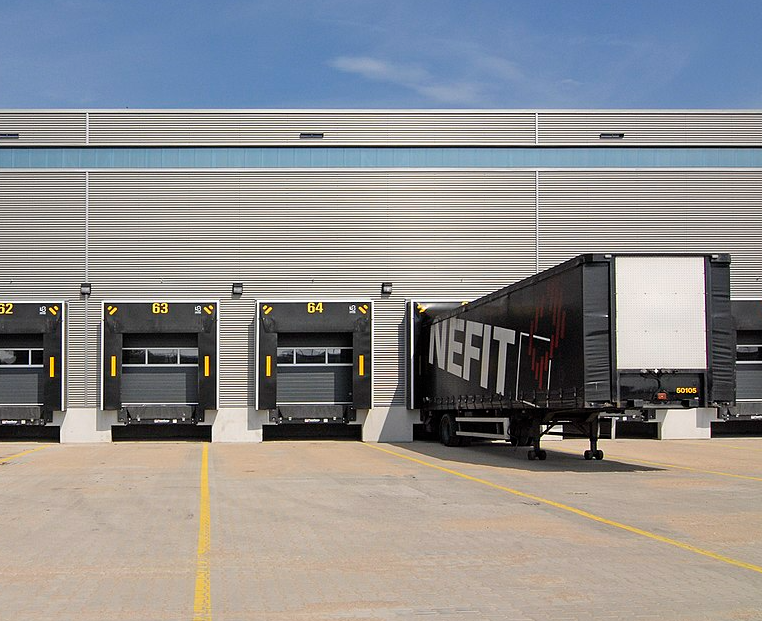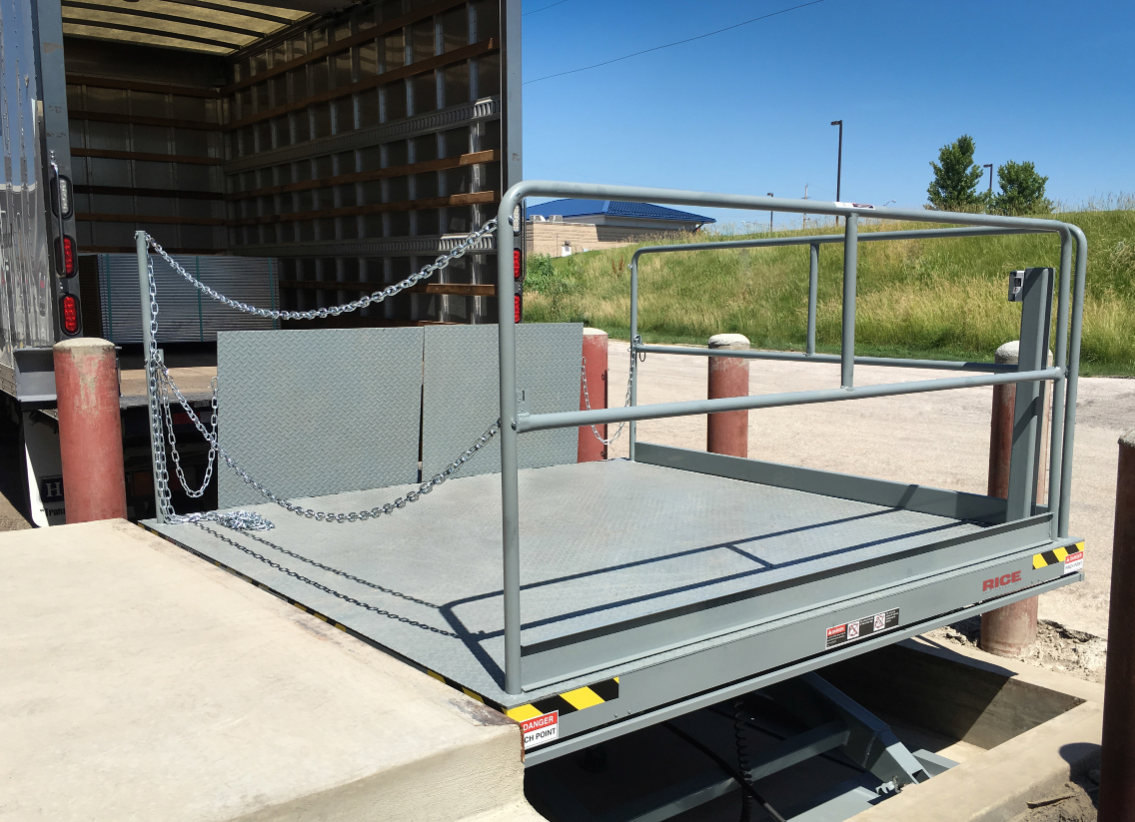Grade loading involves loading goods directly from ground level, while dock loading uses a raised platform for loading and unloading.
Loading Basics
Definition of Loading
In logistics and supply chain management, “loading” refers to the process of placing goods onto a vehicle for transportation. Whether the transportation mode is a truck, a ship, or a plane, efficient loading is crucial to optimize space and ensure the safe transit of goods. In most cases, goods are loaded onto pallets or directly into the cargo hold of the transportation vehicle. For more details, you can check out Wikipedia’s page on Freight Transport.

Importance of Efficient Loading Systems
Efficient loading systems are essential for multiple reasons:
- Time-Saving: Proper loading systems help in reducing the time taken to move goods onto a vehicle, thus reducing overall shipping time.
- Cost-Effective: Time is money in business, and the more efficiently you can load, the more cost-effective your operations will be.
- Safety: Efficient loading minimizes the risks of damage to the goods as well as the risks of injury to the workers involved in the loading process.
For a deep dive into the significance of logistics, check out Wikipedia’s page on Logistics.
Types of Loading Systems
Loading systems can be broadly categorized into two types:
- Manual Loading: Involves human labor to physically load the items. This is often slower and poses a greater risk of injury or product damage.
- Mechanical Loading: Utilizes equipment like forklifts, conveyors, or pallet jacks for quicker and more efficient loading.
To understand the different equipment involved, you can refer to Wikipedia’s page on Material Handling.
Grade Loading
Definition
Grade loading is a type of freight loading where the transportation vehicle parks at the same level as the loading area. This means that workers can load the goods directly from the ground level, without the need for loading docks or ramps. To get more context on the different types of loading configurations, you can refer to Wikipedia’s page on Loading Dock.
Advantages
Grade loading offers several benefits:
- Accessibility: Easier to load large or awkward items because you’re working at ground level.
- Low Capital Investment: There’s no need for a built-in dock, which can reduce initial setup costs.
- Versatility: Can be used in different settings like rural areas or temporary venues where installing a dock isn’t feasible.
For a more comprehensive understanding of the advantages of different loading systems, consider checking out Wikipedia’s page on Freight Transport.
Disadvantages
However, grade loading isn’t without its shortcomings:
- Slower Loading: Generally takes more time compared to dock loading, especially if mechanical equipment is not used.
- Weather-Dependent: Loading activities might be hampered by weather conditions such as rain or snow.
- Safety Risks: Greater chance of injury as workers are moving goods at the ground level, often manually.
Dock Loading
Definition
Dock loading refers to the use of a specialized loading dock platform to load or unload goods from transportation vehicles. Unlike grade loading, dock loading usually requires the vehicle to back up to a dock, so that goods can move directly from the dock to the vehicle using mechanical systems like forklifts or conveyor belts. To learn more about different loading mechanisms, visit Wikipedia’s page on Loading Dock.
Advantages
Dock loading comes with several advantages:
- Speed and Efficiency: Dock loading usually allows for quicker transfer of goods, as it is optimized for the use of mechanical loading aids.
- Reduced Labor Intensity: Because mechanical systems can be more easily incorporated, it often requires less physical effort from workers.
- Safety: The design of a loading dock often includes features that make it safer for workers and goods.
For an in-depth understanding of efficient systems, see Wikipedia’s page on Freight Transport.
Disadvantages
However, dock loading is not without its drawbacks:
- Initial Cost: The construction of loading docks requires a significant investment.
- Space Requirements: Loading docks need additional space, which may not be available in all locations.
- Limited Accessibility: Not all kinds of vehicles can easily access a loading dock, limiting the types of transport that can be used.
For more on logistical challenges, take a look at Wikipedia’s page on Logistics.
Typical Applications
Dock loading is frequently seen in:
- Warehousing and Distribution Centers: Where high-volume loading and unloading occur.
- Manufacturing Facilities: Where raw materials and finished products need to be moved efficiently.
- Retail Centers: Such as supermarkets, where goods come in large, frequent shipments.
Key Differences
Loading Heights
To understand the impact of height in loading and unloading, you might find Wikipedia’s page on Ergonomics interesting.
Speed and Efficiency
Dock loading often allows for quicker transfer of goods because it’s optimized for the use of mechanical loading aids. Grade loading usually takes more time, particularly if you’re relying on manual labor. Speed is a critical factor in logistics, and to delve deeper, check out Wikipedia’s page on Logistics.

Equipment Needed
Grade loading typically requires less specialized equipment, often only needing a forklift or pallet jack. Dock loading, on the other hand, may involve more specialized loading equipment like dock levelers, which are more expensive to install. For more information on material handling equipment, consult Wikipedia’s page on Material Handling.
Labor Intensity
Dock loading generally requires less physical effort from workers, thanks to the use of mechanical aids. In grade loading, however, the labor intensity can be significantly higher, especially if the loading is done manually. For a broader understanding of labor issues in logistics, you can refer to Wikipedia’s page on Labor Rights.
Safety Concerns
Safety mechanisms are generally more advanced in dock loading systems, including features like dock levelers that help minimize the gap between the dock and the truck. Grade loading might expose workers to higher safety risks, especially if done manually. For more insights into workplace safety, look into Wikipedia’s page on Occupational Safety and Health.
Factors to Consider when Choosing Between Grade and Dock Loading
Type of Freight
The type of goods you need to transport plays a critical role in choosing the loading system. For bulky or oversized items, grade loading may be more suitable as it offers the flexibility of ground-level loading. If you’re dealing with standard-sized pallets that can be easily lifted with forklifts, dock loading could be the better option. To understand more about freight categories, visit Wikipedia’s page on Freight Transport.
Facility Design
The design of your facility can significantly influence your choice between grade and dock loading. If you have limited space or your facility is in a rural location, grade loading might be more practical. On the other hand, if your facility is specifically designed for high-volume freight, a dock loading setup might be more advantageous. For more insights into facility design, see Wikipedia’s page on Industrial Engineering.

Volume of Shipments
The number of shipments you handle is another key factor. High-volume operations usually benefit from the speed and efficiency of dock loading. However, if you’re running a lower-volume operation or deal with sporadic shipments, the simplicity of grade loading may be more suitable. To dive deeper into shipping volumes and their impact, check out Wikipedia’s page on Supply Chain Management.
Cost-Benefit Analysis
Finally, a thorough cost-benefit analysis can help you decide the most cost-effective choice for your specific situation. While dock loading may require a higher initial investment, it can offer cost savings in the long term due to its speed and efficiency. Grade loading, although cheaper to set up, may incur higher labor costs over time. For more about conducting cost-benefit analyses, refer to Wikipedia’s page on Cost-Benefit Analysis.
